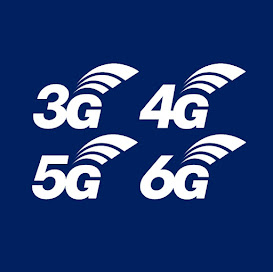
MIMO (Multiple Input Multiple Output) by definition requires multiple antenna but it is also possible to use one antenna with Co-operative Diversity to create Cooperative MIMO or Virtual MIMO.
Earlier this year, Nokia Siemens Network reported the following on Virtual MIMO:
Researchers at Nokia Siemens Networks have demonstrated in lab conditions how a virtual Multiple Input Multiple Output (MIMO) technique can be used for the uplink in LTE (Long Term Evolution) networks.
Tests at its labs in Munich, Germany, have shown how, using such an SDMA (Space Division Multiple Access) based technique, two standard mobile devices, each with only one physical transmission antenna, can communicate with a base station simultaneously and on the same radio channel.
On the uplink transmission, data rates of 108Mbit/s were achieved, double the usual speed, while the downlink managed 160Mbit/s.
The researchers say that while MIMO on the downlink primarily generates higher peak data rates for the end user, virtual MIMO on the uplink makes it possible for an operator to increase network capacity and better utilize the available spectrum.
Nokia Siemens also said the technique contributes to one of the crucial prerequisites for the success of LTE by reducing power consumption of LTE based devices to "acceptable levels" even when used for very high data-intensive applications and that this should be achieved at "moderate prices."
The researchers say that with virtual MIMO only one power amplifier and transmission antenna is necessary for each device, contributing to reduced production costs and power needs.
In the LTE test bed, developed and built in collaboration with the Fraunhofer Institute for Telecommunications (Heinrich Hertz Institute), two co-operating end-user devices form a virtual MIMO system in which the antenna elements are distributed over the two devices. The two devices can be supplied simultaneously with data over the same frequency band using space division multiplexing.
The following is an extract from EURASIP Journal onWireless Communications and Networking:
Multihop relaying technology is a promising solution for future cellular and ad hoc wireless communications systems in order to achieve broader coverage and to mitigate wireless channels impairment without the need to use high power at the transmitter.
Recently, a new concept that is being actively studied in multihop-augmented networks is multiuser cooperativediversity, where several terminals forma kind of coalition to assist each other with the transmission of their messages.
In general, cooperative relaying systems have a source node multicasting a message to a number of cooperative relays, which in turn resend a processed version to the intended destination node. The destination node combines the signal received from the relays, possibly also taking into account the source’s original signal.
Cooperative diversity exploits two fundamentals features of wireless medium: its broadcast nature and its ability to achieve diversity through independent channels.
There are three advantages from this:
(1) Diversity. This occurs because different paths are likely to fade independently. The impact of this is expected to be seen in the physical layer, in the design of a receiver that can exploit this diversity.
(2) Beamforming gain. The use of directed beams should improve the capacity on the individual wireless links.The gains may be particularly significant if space-time coding schemes are used.
(3) Interference mitigation. A protocol that takes advantage of the wireless channel and the antennas and receivers available could achieve a substantial gain in system throughput by optimizing the processing done inthe cooperative relays and in the scheduling of retransmissions by the relays so as to minimize mutual interference and facilitate information transmission by cooperation.
Source: Multiuser Cooperative Diversity forWireless Networks by George K. Karagiannidis, Chintha Tellambura, Sayandev Mukherjee and Abraham O. Fapojuwo, Volume 2006, Article ID 17202
 There are 3 main types of co-operative diversity which are self-explanatory in the diagram above:
There are 3 main types of co-operative diversity which are self-explanatory in the diagram above:












